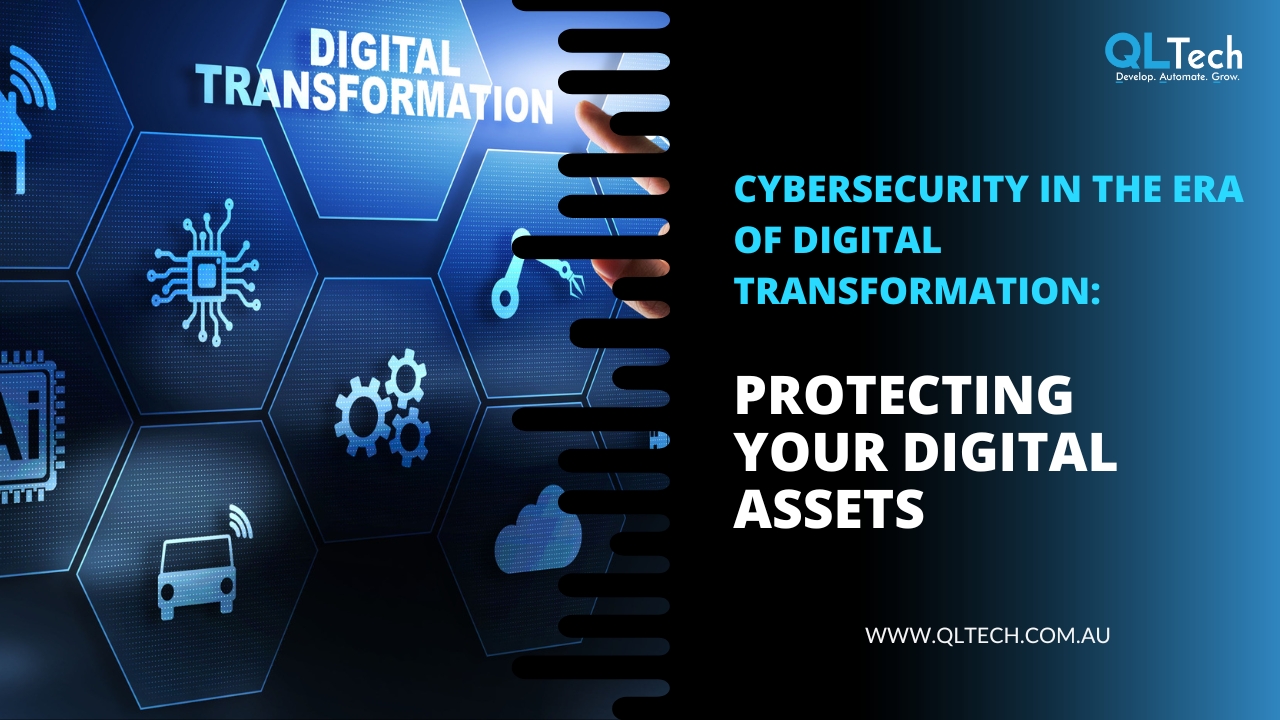Non-fungible tokens (NFTs) have emerged as a groundbreaking innovation in the digital world, revolutionizing how we perceive and trade digital assets. While initially associated with the art and entertainment industries, NFTs are increasingly being explored as a powerful tool for marketing and brand growth. This article explores the potential of NFTs in marketing and how brands can leverage them to enhance engagement, loyalty, and visibility.

Understanding NFTs
NFTs are unique digital tokens that represent ownership or proof of authenticity of a specific digital asset, such as artwork, music, videos, or virtual real estate. Unlike cryptocurrencies like Bitcoin or Ethereum, which are fungible and interchangeable, each NFT is distinct and cannot be replicated or replaced. This inherent scarcity and uniqueness are what give NFTs their value.
Leveraging NFTs for Marketing
1. Brand Authenticity and Exclusivity
- Brands can create limited edition NFTs that represent exclusive digital content or experiences, reinforcing their authenticity and exclusivity.
- By associating NFTs with brand campaigns or product launches, companies can generate excitement and anticipation among their audience.
2. Engagement and Community Building
- NFTs offer a new way to engage with customers and build communities around a brand. Brands can create interactive experiences or virtual collectibles that incentivize customer participation and loyalty.
- Hosting NFT giveaways, contests, or auctions can foster a sense of belonging and reward active community members.
3. Branded Content and Intellectual Property
- Brands can tokenize their digital content, such as branded artwork, music, or virtual merchandise, and offer them as NFTs.
- NFTs provide a mechanism for creators to monetize their intellectual property directly, bypassing traditional intermediaries and revenue-sharing models.
4. Enhanced Brand Visibility and Recognition
- Partnering with renowned artists, influencers, or celebrities to create branded NFTs can increase a brand’s visibility and appeal to new audiences.
- NFT marketplaces and platforms offer exposure to a global audience of collectors and enthusiasts, expanding a brand’s reach beyond traditional marketing channels.
5. Innovative Marketing Campaigns
- Brands can leverage NFTs to launch innovative marketing campaigns that blur the lines between digital and physical experiences.
- Interactive storytelling, augmented reality (AR) activations, or gamified experiences powered by NFTs can captivate audiences and drive engagement.
Challenges and Considerations
While NFTs hold immense potential for marketing, brands should be mindful of the following considerations:
- Market Volatility: The NFT market can be highly volatile, with prices fluctuating based on demand and speculative interest.
- Environmental Impact: The energy-intensive nature of blockchain technology used for NFTs has raised concerns about its environmental footprint. Brands should consider sustainable options and eco-friendly platforms.
- Legal and Regulatory Compliance: Brands must navigate legal and regulatory considerations surrounding intellectual property rights, licensing agreements, and tax implications associated with NFT transactions.
Conclusion
NFTs represent a paradigm shift in digital ownership and offer unprecedented opportunities for brands to engage with their audience in innovative ways. By embracing NFTs as a marketing tool, brands can enhance their authenticity, drive engagement, and differentiate themselves in a crowded marketplace. However, success in leveraging NFTs requires careful planning, creativity, and a deep understanding of both the technology and the audience’s preferences. As the NFT ecosystem continues to evolve, brands that embrace this transformative technology stand to gain a competitive edge and foster deeper connections with their customers.
